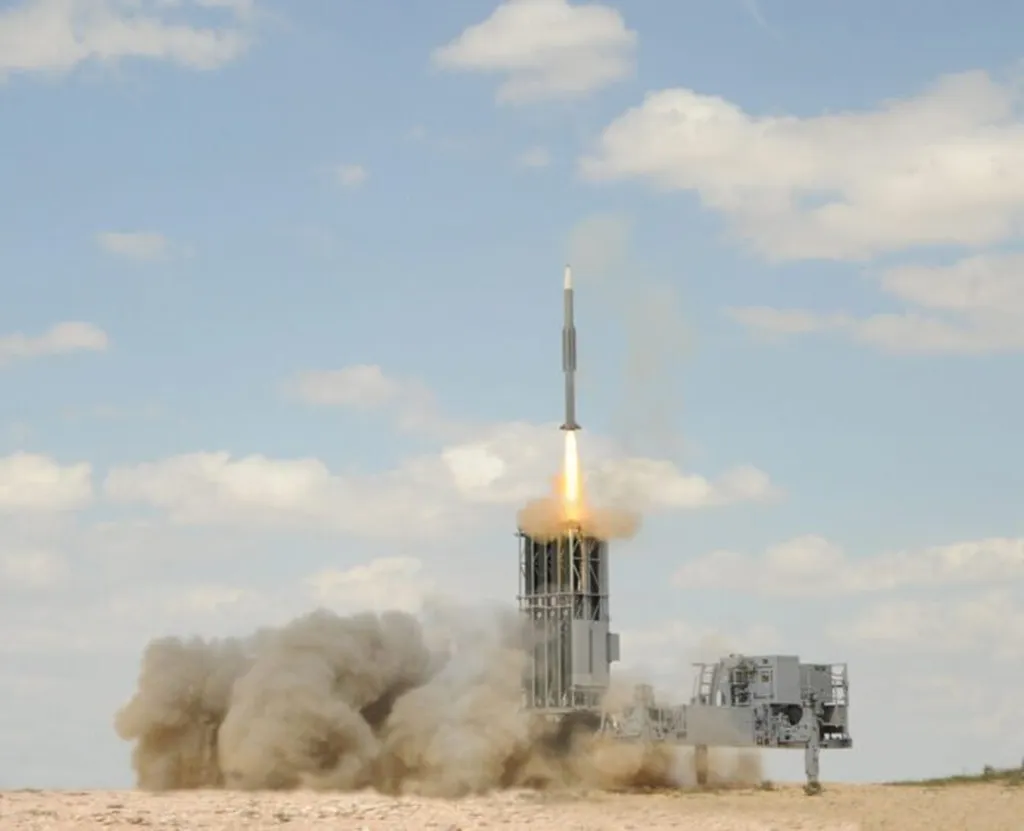Denmark is revisiting Israel’s Barak MX air defence system as drone incursions over critical infrastructure escalate, highlighting a critical gap in the country’s current defence strategy. The move underscores the urgent need for advanced counter-drone capabilities, particularly in light of the recent 58 billion kroner European air defence deal, which lacks electronic warfare features to neutralise unmanned threats.
Barak MX, developed by Israel Aerospace Industries (IAI), offers a unique soft kill capability that jams drones electronically—a tool Denmark’s existing systems do not possess. This feature is becoming increasingly vital as low-cost drones proliferate, posing a growing threat to airports and military installations.
The urgency of Denmark’s reassessment is underscored by the system’s potential delivery timeline. Barak MX could be operational as early as next summer, a stark contrast to the French-Italian SAMP/T NG systems, which are not expected to arrive until 2028, with full operational readiness only by 2032.
“Traditional missile systems are terribly expensive to use against cheap drones,” said Jeppe Teglskov Jacobsen, strategic adviser at the National Defence Technology Centre. “Drones are much more agile. They are much smaller. They are difficult to identify, and that makes it harder to be sure you hit them.”
The Barak MX system’s drone-defence unit, Scorpius, employs a directional radio signal, ensuring minimal disruption to other radio traffic in the area. “It will probably be effective against most drones that illegally fly near airports in peacetime,” said Lars Peder Haga of the Royal Norwegian Air Force Academy.
Dr Uzi Rubin of The Jerusalem Institute for Strategy and Defence further endorsed the system, calling Barak MX “an excellent air defence system” that “proved its worth in combat during the 12-day war with Iran in June.”
Denmark’s Defence Acquisition and Logistics Organisation has intensified cooperation with domestic and international drone-technology firms, with many suppliers—large and small, Danish and foreign—delivering solutions at short notice. This rapid response reflects the growing recognition that counter-drone technology must evolve as quickly as the threats themselves.
The reassessment of Barak MX signals a broader shift in European defence priorities, where the ability to counter asymmetric threats like drones is becoming as critical as traditional air defence. As Denmark navigates this evolving threat landscape, the decision to explore Barak MX could set a precedent for other nations grappling with similar challenges.

